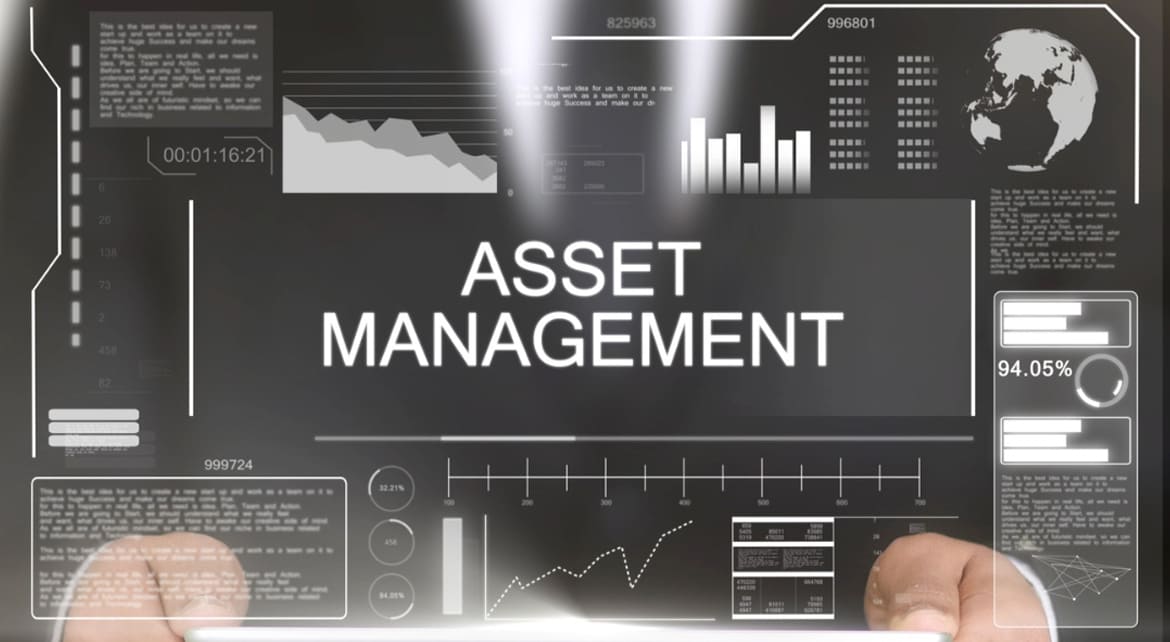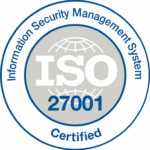Why ITAM Visibility Matters

In the moment’s technology-driven world, businesses heavily rely on various IT assets to operate efficiently. From hardware devices to software applications, these assets play a pivotal role in supporting day-to-day operations, enhancing productivity, and driving innovation. However, managing these assets effectively can be a complex task, especially when associations lack visibility into their IT infrastructure. This article will delve into the significance of IT Asset Management( ITAM) visibility, the challenges associated with it, and best practices for achieving optimal visibility
1. Introduction
Managing IT means involves a comprehensive approach that encompasses the entire lifecycle of assets, from acquisition to disposal. IT Asset Management( ITAM) is a discipline that focuses on tracking and optimizing these assets to maximize their value and minimize risks. . While ITAM encompasses various processes, including procurement, inventory management, and software licensing, achieving visibility into these assets is paramount for success.
2. Understanding IT Asset Management (ITAM)
Before diving into the significance of ITAM visibility, it is essential to understand the fundamentals of IT Asset Management. ITAM involves the systematic approach of identifying, tracking, and managing IT assets throughout their lifecycle. This includes hardware, software, licenses, contracts, and other related components. Effective ITAM practices enable organizations to maintain control over their assets, optimize resource allocation, and ensure compliance with regulatory requirements.
3. The Importance of ITAM Visibility
ITAM visibility refers to having a clear understanding of the IT assets within an organization and their associated attributes, such as location, ownership, configurations, and relationships. Here are the key reasons why ITAM visibility matters:
Enhancing Asset Discovery and Inventory Management
With ITAM visibility, organizations can accurately discover and identify all the IT assets present within their environment. This enables them to maintain an up-to-date inventory, track asset changes, and identify potential redundancies or underutilized resources. By having a complete picture of their assets, organizations can make informed decisions regarding procurement, maintenance, and disposal.
Improving Cost Control and Budgeting
IT assets represent a significant investment for organizations. Without visibility into these assets, tracking their usage, associated costs, and potential savings opportunities becomes challenging. ITAM visibility allows organizations to identify cost-saving measures, optimize software licenses, and eliminate unnecessary hardware or software expenses. This, in turn, helps in budget planning and cost control.
Streamlining Compliance and Security
Maintaining compliance with licensing agreements, regulatory requirements, and security policies is crucial for organizations. ITAM visibility enables businesses to track license entitlements, monitor software usage, and ensure compliance with vendor agreements. Additionally, it helps in identifying security vulnerabilities, tracking patches and updates, and ensuring the integrity of IT assets.
4. Challenges in Achieving ITAM Visibility
While ITAM visibility offers numerous benefits, organizations often face challenges in achieving it. Here are some common hurdles:
Lack of Centralized Data
Organizations may need help with scattered or siloed data related to their IT assets. This makes it difficult to obtain a holistic view of the entire asset landscape and hampers effective decision-making.
Inaccurate or Outdated Asset Information
When asset information is not regularly updated or validated, organizations risk relying on inaccurate data. This can lead to inefficiencies, increased costs, and compliance issues.
Inefficient Tracking and Reporting Systems
The lack of robust tracking and reporting systems makes it challenging to monitor assets effectively. Manual processes or disparate tools can slow down asset management workflows and limit visibility.
5. Best Practices for Achieving ITAM Visibility
To overcome the challenges and achieve ITAM visibility, organizations should adopt the following best practices:
Implementing a Comprehensive Asset Management Solution
Investing in a robust ITAM solution provides organizations with a centralized platform to track, manage, and report on their assets. The solution should encompass features such as automated discovery, asset tracking, and reporting capabilities.
Conducting Regular Audits and Assessments
Regular audits and assessments help in validating asset data, identify discrepancies, and maintaining accuracy. This involves physical inspections, reconciling asset records, and updating information as necessary.
Utilizing Automated Inventory Management Tools
Leveraging automated inventory management tools enables organizations to track assets in real-time, manage software licenses effectively, and generate accurate reports. Automation improves efficiency, reduces errors, and enhances overall ITAM visibility.
6. The Future of ITAM Visibility
Looking ahead, the future of ITAM visibility holds exciting possibilities:
Embracing Cloud-based Solutions and Automation
Cloud-based ITAM solutions offer scalability, flexibility, and real-time visibility across geographically dispersed assets. Automation, coupled with machine learning, can further enhance visibility by predicting asset lifecycles, optimizing maintenance schedules, and automating compliance monitoring.
Operating Artificial Intelligence and Machine Learning
Artificial intelligence( AI) and machine literacy( ML) technologies can enable predictive analytics, anomaly detection, and intelligent asset optimization.. These advancements enhance ITAM visibility by providing actionable insights and automating asset management processes.
Integrating IoT and Edge Computing
The rise of the Internet of Things (IoT) and edge computing introduces new challenges and opportunities for ITAM visibility. Integration with IoT devices and edge computing infrastructure allows organizations to track and manage assets at the edge of their networks, ensuring comprehensive visibility across all environments.
Conclusion
In conclusion, ITAM visibility is crucial for organizations to effectively manage their IT assets, optimize resource allocation, and ensure compliance and security. By implementing best practices, overcoming challenges, and embracing emerging technologies, organizations can unlock the full potential of ITAM visibility. Achieving comprehensive visibility into IT assets empowers businesses to make informed decisions, improve operational efficiency, and drive long-term success.

Presented by Virtuxient Technologies, which specializes in ServiceNow, Salesforce, and SaaS solutions, offering insights into industry challenges, innovations, and best practices. Stay updated with the latest advancements in these domains and navigate the evolving digital landscape with confidence.


